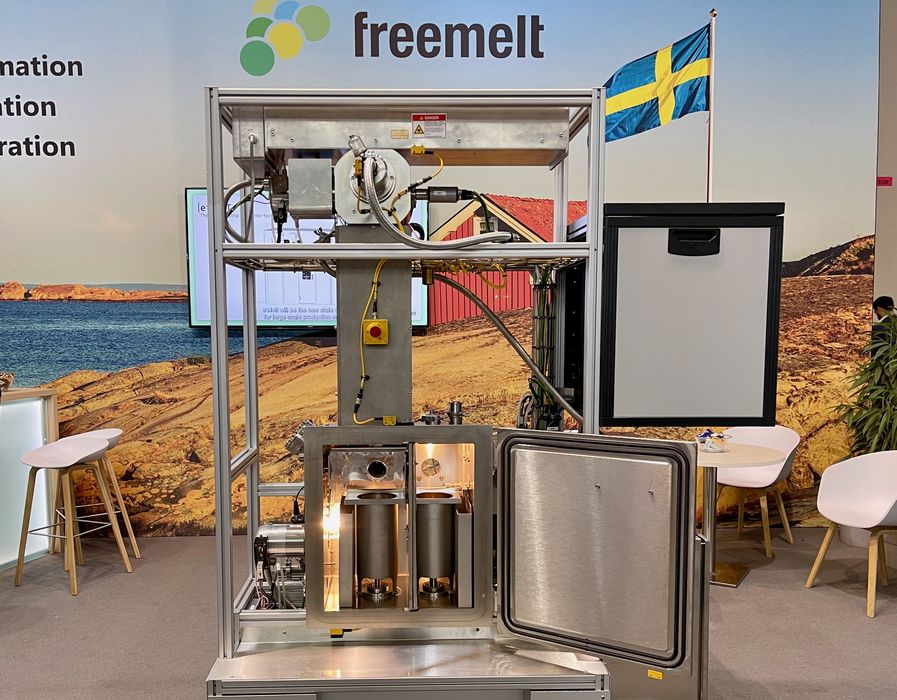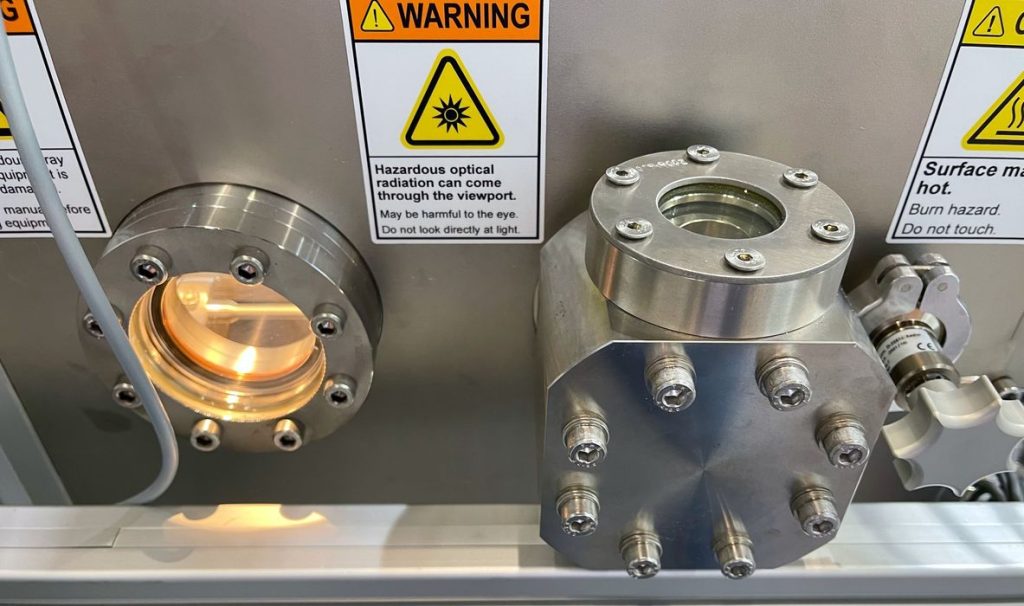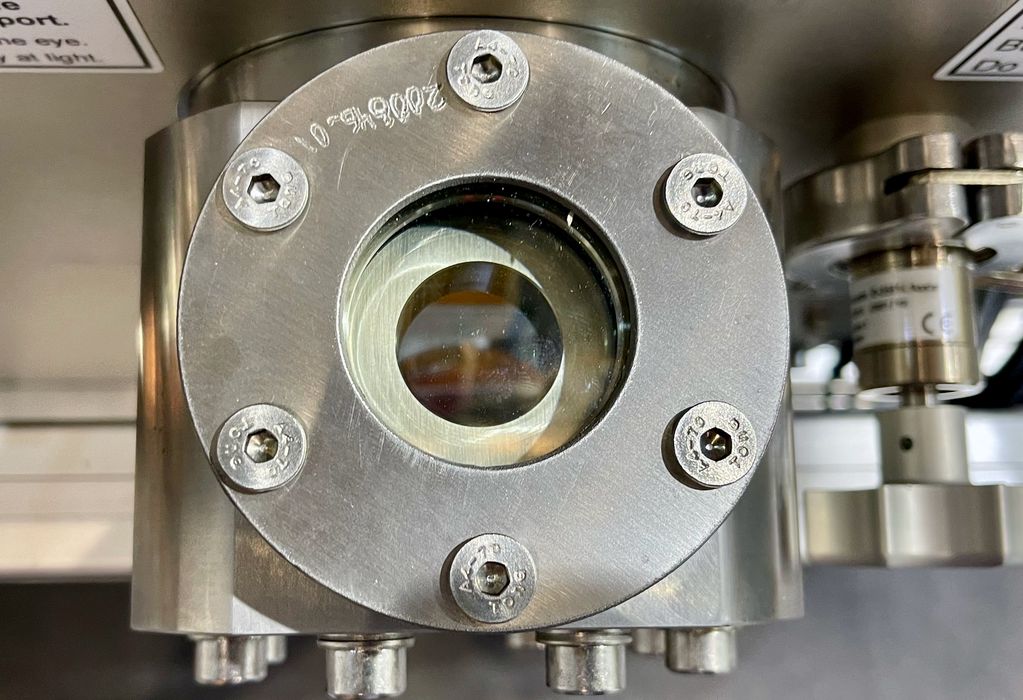
We had a look at Freemelt’s latest innovations in metal 3D printing.
What on Earth would you need a periscope for on a 3D printer?
It all comes down to the purpose of Freemelt’s highly unusual 3D printer, which we covered last year. As you can see in the image at top, the device is not much like any other. It doesn’t even have a cover, let alone a fancy one created by an industrial designer.
That’s because the entire purpose of Freemelt’s systems are for experimentation. Their Freemelt One is designed for “materials development”. It uses an electron beam melting (EBM) process, which itself is a bit unusual in the industry; most metal PBF systems use high-power lasers, and few use EBM technology.
EBM is an unusual technology as it has a number of peculiarities with metals: magnetic fields, static and other factors can complicate successful 3D printing, thus opening the door for a way to experiment with materials and techniques. That’s where the Freemelt One comes in.
Since there’s experimentation going on, observation would be quite desirable. However, most attempts to do so have issues as metallized glass tends to blacken, and that prevents seeing.

Freemelt has overcome this problem with the implementation of a new feature: a periscope. The periscope lets operators peer inside (with cameras) to directly observe the printing process.

Strangely, the mirror used in the periscope starts out as glass, but as the print proceeds it becomes a mirror due to the effects of printing. I’m not exactly certain how this works, but it seems quite unique and functional.
The second innovation seen by us when visiting Freemelt had to do with powder during 3D printing.
Unlike laser-based PBF 3D printers, EBM systems use streams of electrons. Electrons carry charge by definition, and thus the beams tend to “blow powder away”. This obviously messes up 3D printing, and depends on the conductivity of the specific powder being used.
Freemelt’s new innovation is a special thin graphite plate that sits 1mm above the powder bed during each print layer. The electron beam heats up selective portions of the graphite plate, which transfers the heat below to portions of the powder bed, causing the metal powder to melt.
The graphite plate insulates the powder from direct exposure to the electrons, so the power remains in place and is not blown away. Also, the melting material doesn’t adhere to the graphite plate because it’s air gapped by 1mm of space.
The graphite plate technology is significant for EBM processes, and could, if adopted, bring more applications to EBM. I am wondering, however, if the graphite plate could slow down processing, as PBF systems already suffer slowness due to the requirement to careful recoat fresh powder on each print layer.
Could EBM metal 3D printing technology become as popular as LPBF? I’m not sure, but this development from Freemelt will certain help the cause.
Via Freemelt
